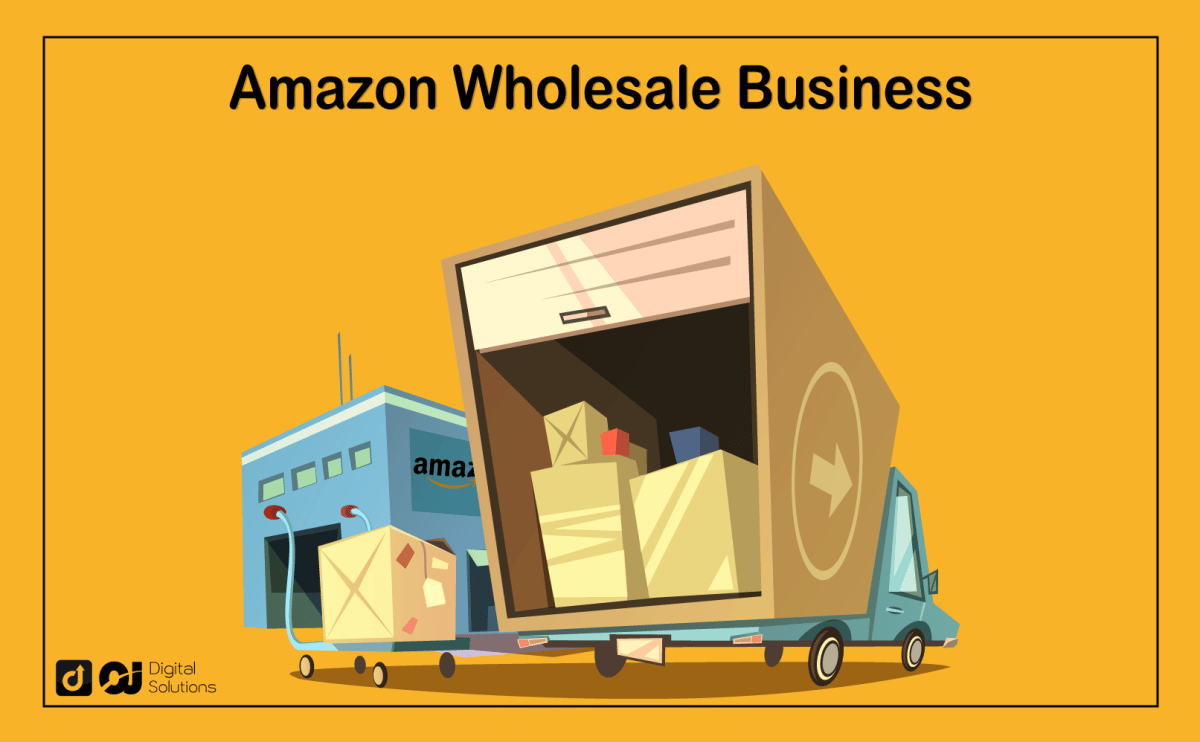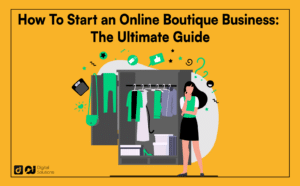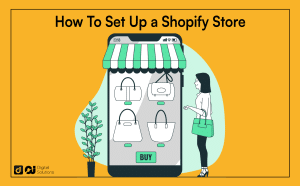The Amazon wholesale business section is a fertile ground for launching successful online businesses. When done correctly, it can be lucrative.
You have most likely dealt with a wholesaler if you’ve sold products on Amazon or are running an online store. You buy in bulk and resell them as individual items.
However, what if you became an Amazon wholesaler instead of a customer?
There is a lot of ground to cover before starting wholesale for Amazon sellers. This article will show you everything you need to know to start selling wholesale on Amazon.
Let’s dig in.
What Is Amazon Wholesale?
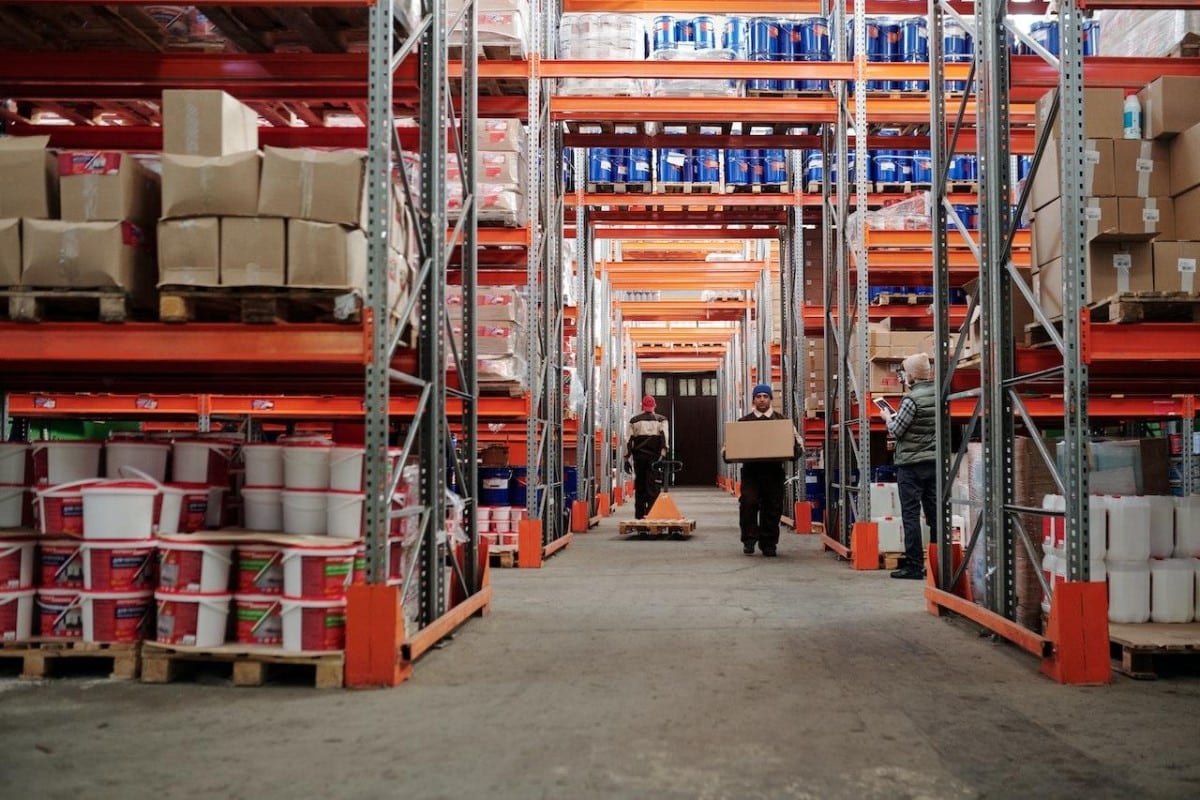
Credit: Pexels
Amazon wholesale is a business model in which wholesalers buy large quantities of a product at a discount and resell it for profit. It allows you to negotiate lower prices from the manufacturer or supplier and offer more competitive prices to customers.
As an Amazon wholesaler, you’re the middleman between manufacturers, retailers, and shoppers.
For instance, suppose a wholesaler orders 5,000 wristbands at $5 each. On the other hand, a retailer orders 500 wristbands from a manufacturer or supplier for $10 each. In this case, massive quantities allow the wholesaler to enjoy lower prices.
You can reach many potential buyers when you sell wholesale products on Amazon. The right wholesale products and reliable suppliers can boost your profit margins.
How Does Amazon’s Wholesale Program Work?
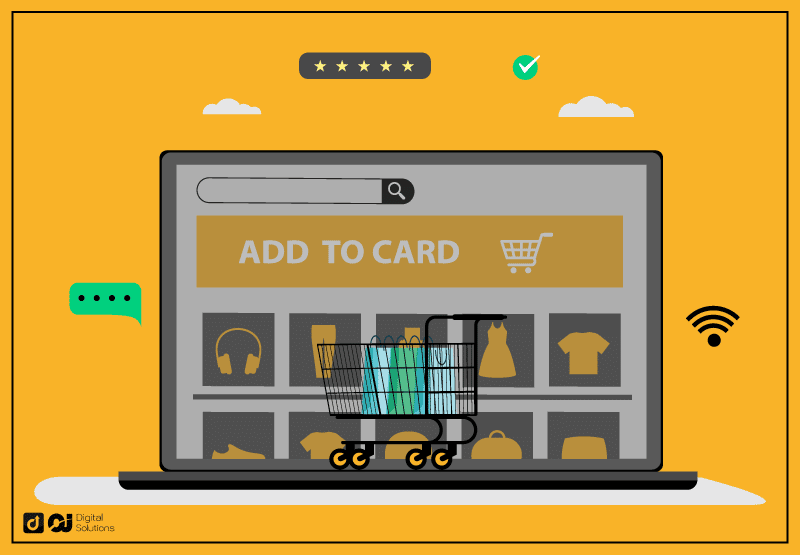
In a typical wholesale scenario, Amazon merchants buy bulk products from the manufacturer or distributor at discounted prices. The buyer then sells them on Amazon as single items. This business plan could make you one of the sole sellers of the product or the only Amazon wholesale seller.
The first step to selling a wholesale product on Amazon is to set up an amazon seller account.
You may need an Amazon wholesale account to view a manufacturer or supplier’s product catalog. Minimum order quantities may increase upfront costs. Additionally, a wholesale license may be necessary, depending on your location.
Amazon Wholesale vs. Regular Amazon Selling
Retail Arbitrage
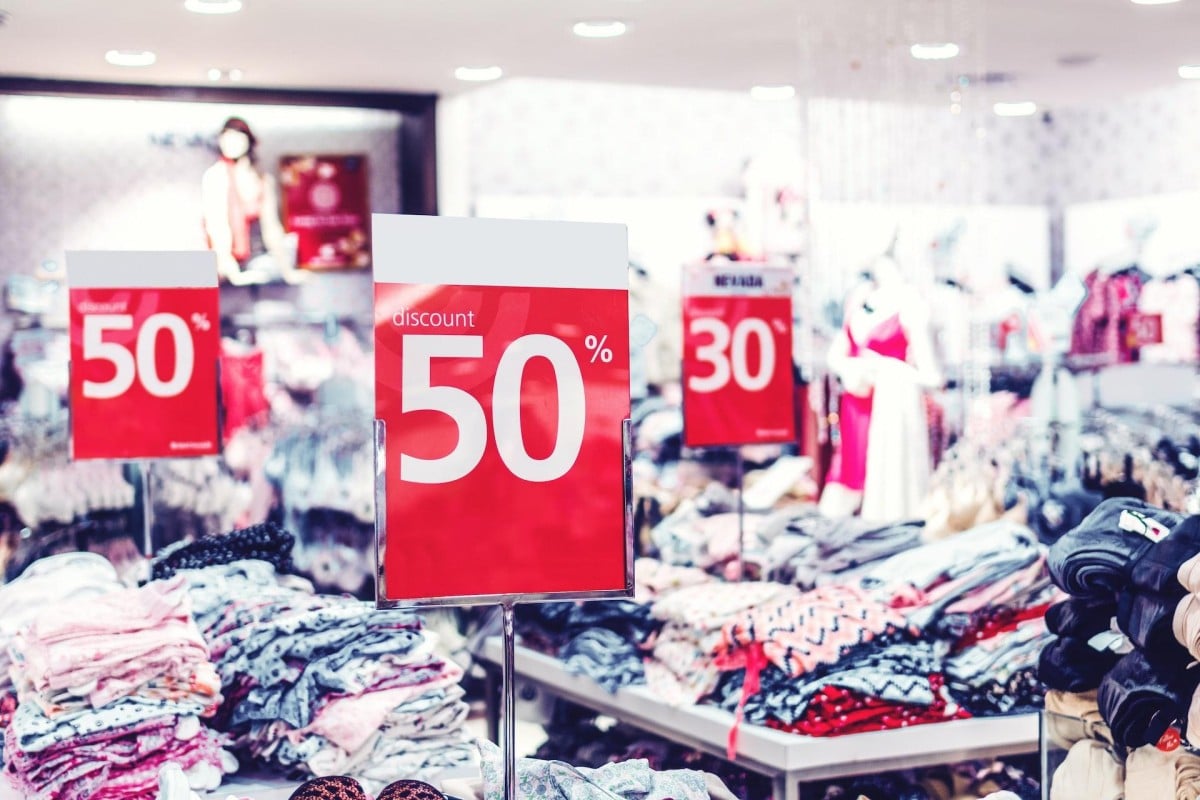
Credit: Unsplash
Arbitrage is the practice of sourcing inventory from retail store sites ‘ clearance sections. A buyer checks to see if they can make money by comparing products to those on Amazon. If they can, they buy all products and send them to Amazon, which sells them on their behalf.
Buyers who use the arbitrage method spend significant time looking for items to buy. Restocking is straightforward with the wholesale system because you order directly from the manufacturer.
Meeting growing product demand due to limited supplies is difficult with arbitrage. Meanwhile, a wholesale plan can handle massive purchases since the stock is often replenished.
Private Labeling
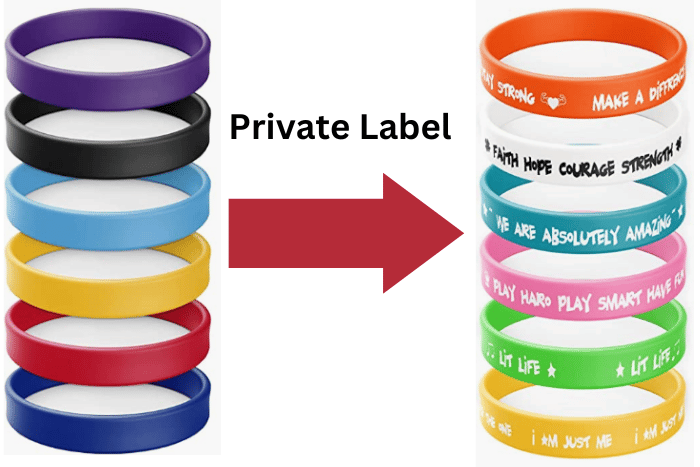
Source: Amazon
In private labeling, you take an existing item and make slight modifications. Like in the image above, an Amazon seller can buy plain wristbands and customize them, and list them on Amazon as completely new items.
The wholesale and private label models are similar because you have enough stock to fulfill orders without stockouts. However, there remain significant differences between the two.
Since the product or brand is well-known, the wholesale strategy gives you a ready market. This reduces the time it takes to establish your business.
However, private label products take longer to develop since you must work with the manufacturer to tweak or improve the product. Once it’s ready, you must establish a customer base because your brand will not be as popular as others.
While wholesale items have a ready market, the competition is stiff. Private label products are linked to a specific seller, so you won’t be competing with another seller.
Dropshipping

Amazon wholesale is not the same as dropshipping. A dropshipper will post products for sale on Amazon. When a shopper buys an item, they place an order with the manufacturer behind the scenes. The manufacturer then processes the order.
There is also a significant difference between dropshipping and wholesale. Dropshipping enables you to outsource stock control, order fulfillment, and shipment to third-party providers. On the other hand, the wholesale model requires you to handle these tasks on your own.
8 Benefits of Selling Wholesale on Amazon
1. Quick to Start
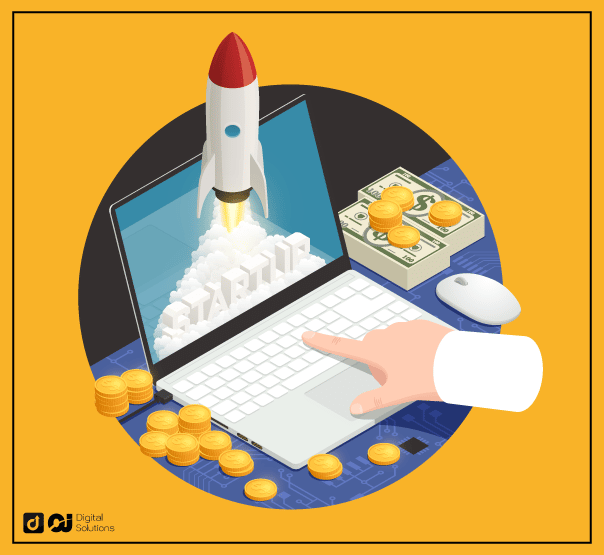
Amazon’s wholesale business model is a great way to launch your business. Wholesaling removes time-consuming processes that could affect your brand’s sales. You won’t have to put as much effort into building your own brand or creating your own product listings as you would like private label sellers.
Wholesale frees up your time and energy to concentrate on other aspects of running and expanding your business.
Getting your wholesale Amazon business up and running is easier with reliable manufacturers or suppliers. You can launch a successful wholesale business within six weeks if you can find them.
Starting an Amazon wholesale business may take time to build a relationship with a reliable wholesale supplier. Assuming everything goes well during setup, you should see a profit in the first three months.
2. You Can Sell Established Brands
Using Amazon’s wholesale model, you can sell well-known brands despite the general advice to avoid branded products.
They don’t have to be trendy brands or the most popular brands; all they need to be are brands that are already popular on Amazon. This means that you have the advantage of an already established market and guaranteed interest from shoppers.
3. Has Existing Clientele

Credit: Pexels
When you sell a product from a well-known brand, you immediately tap into that brand’s preexisting customer base. Shoppers are already familiar with the product and are eager to buy it.
It’s possible that Amazon already has a product listing for the item, complete with ratings and feedback from buyers. This saves you the trouble of having to create one from scratch.
4. Steady Stream of Inventory
As long as the brand manufacturer keeps producing the item, you can always get the item wholesale.
Find suppliers you can trust and develop a relationship with them. If you run out of stock on an item, place an order to keep up with shoppers’ demands. There is no point in going from one store to the next looking for discounts.
5. Amazon Wholesale Is Scalable

If the wholesale product is selling well, you can grow your business by selling more of it. This is one of the best benefits of wholesale selling wholesale on Amazon. You can keep earning money to put back into the business, which allows for exponential growth.
6. A Less Hands-on Business Model
When you’ve established several reliable wholesale suppliers from whom you can purchase products at reasonable costs, all that’s left to do is place regular restocking orders. This makes it a less hands-on way to run a business.
7. Fairly Low-risk Venture
In several aspects, wholesale is a safer way to run a business than retail arbitrage or using private labels. Since you don’t own the brand, you don’t have to worry about the responsibilities and liabilities of making a product and building a brand.
On the other hand, you are selling items that already have a good reputation, enabling you to focus on earning sales.
8. You Have Shoppers Coming Back
As a wholesaler, you can build a clientele of repeat customers who buy from you regularly. They will keep buying as long as the product is in high demand and you have sufficient supplies.
Drawbacks of Selling Wholesale on Amazon
1. Stiff Competition
Amazon wholesale is competitive. Some wholesalers lower prices to stay ahead of everyone. This tactic leads to a race to see who can offer the lowest selling price. If you reduce your prices, you’ll lose money.
2. Getting a Wholesale Account Approved Can Be Difficult
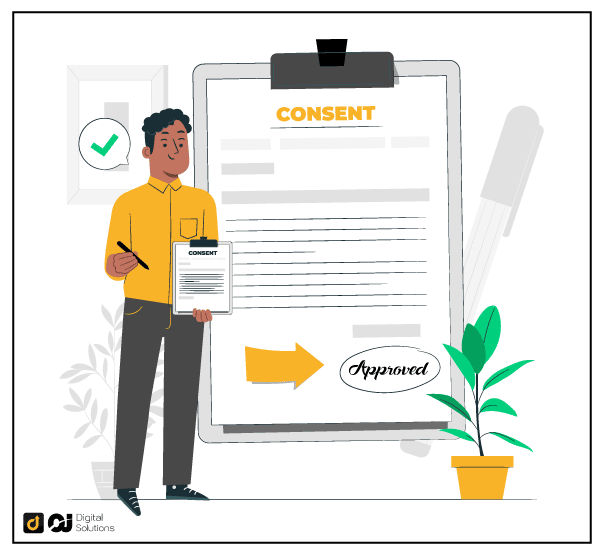
Brand owners will be hesitant to give you approval for their products if you are a new seller without anything to back you up. As a result, getting started may be more difficult than the process of selling itself.
3. High Minimum Order Quantity (MOQ)
To get a wholesale discount, sellers’ MOQ can’t be low. They usually have to buy huge volumes of items, sometimes in thousands. Because of the potential impact on their cash flow, this is not a good option for sellers that receive a modest volume of orders.
4. Requires a Significant Amount of Cash In Advance

Credit: Pexels
You’ll need significant money to buy wholesale items from a manufacturer or supplier. As a result, wholesale on Amazon is more expensive than retail arbitrage and dropshipping. This could be a downside for those who cannot afford to buy items in large quantities.
5. Product Research Takes Time
You can sell high-demand wholesale Amazon products to untapped markets. Identifying the right opportunity may take time. Before you can buy products to sell, you need to create relationships with suppliers.
6. An Excessive Amount of Stock
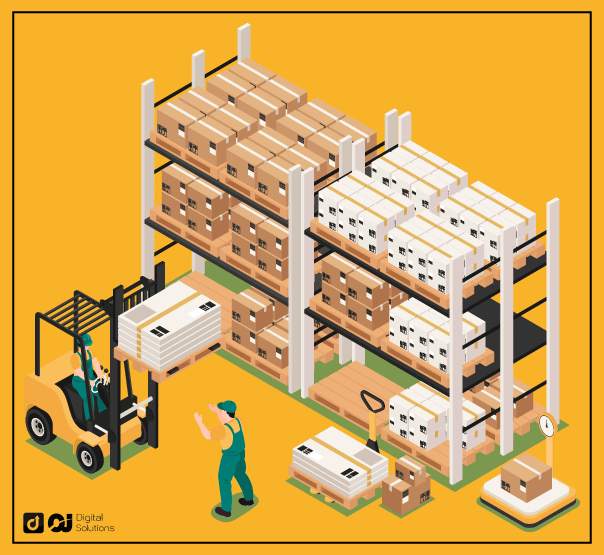
When doing business at a wholesale level, you run the significant danger of being trapped with items that are in low demand. You risk ending up with stagnant stock, less storage space, and a poor return on investment.
7. Finding a Reliable Supplier Isn’t Easy
Selecting the first supplier you come across is not a good idea. Check out several and ensure they have what you need in stock and can deliver promptly.
Basics to Selling and Succeeding With Amazon Wholesale
These best practices are essential for any Amazon wholesaler to succeed.
1 – Find an Item With High Potential for Wholesale Sales
Finding a product that is both in demand and easy to restock is essential to launching a successful wholesale business. Amazon itself would be the best starting point. Find a product you’d be willing to sell and look around the site to learn about the competition.
Additionally, you should avoid buying items for which multiple sellers are engaged in a price war. If you choose to purchase those products or brands, it can eat into your revenues. Avoid products offered by Amazon as well.
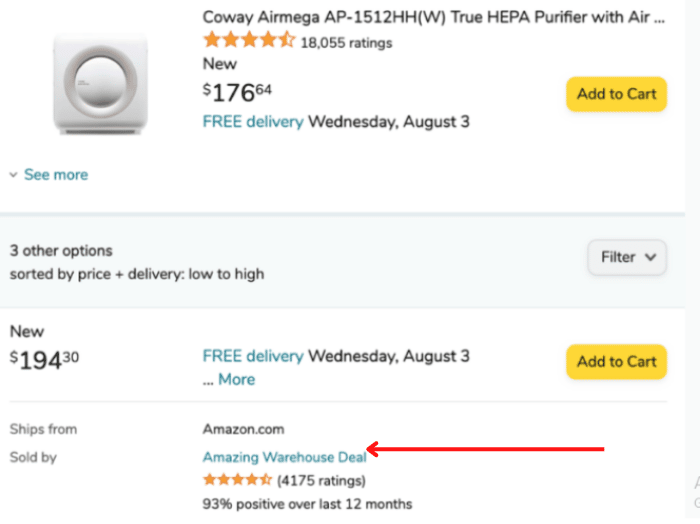
For instance, Amazon Warehouse Deal is selling the product above, so it’s best to avoid it. Amazon has a significant edge over you in negotiating lower pricing for shoppers.
Apart from Amazon, you can source products from trade shows. One-on-one interaction with the business owner can be extremely enlightening due to the wealth of information it can provide. You’ll learn about the brand and the experience of other vendors who have sold it.
The best part is that you will have the opportunity to give your proposal right away. Authentic interactions with the brand owner allow you to communicate your ideas more compellingly, regardless of whether you go after a brand with several Amazon sellers or aim to become the sole distributor.
Even if you don’t attend trade shows or the products aren’t available on Amazon just yet, you can still do product research by visiting the brands’ websites. Find the companies who own the brands you’re interested in, get their contact details, and start a conversation with them to see if they’re open to selling their products on Amazon.
Although online research isn’t a fast approach to getting results, it can be effective if you present your case thoughtfully and persuasively.
2 – Manage Your Inventory
One of the most significant challenges on the path to wholesale sales on Amazon is when your inventory grows. Even if, from a logistical standpoint, it is easier to manage modest quantities of products, you shouldn’t limit yourself if you want the business to succeed.
However, if you start to build up your stock, you will also discover that storage costs rise. At this point, stock management skills will be useful. Finding the right product to sell on Amazon is as important as managing your inventory.
3 – Learn From Thriving Amazon Wholesalers

Credit: Pexels
Like any other business, success with the Amazon wholesale strategy is attained by studying the practices of others who have gone before you. Firsthand experience is far more valuable than any theoretical understanding of its advantages, disadvantages, or best practices.
Fortunately, online retailers are increasingly open to sharing their expertise via podcasts, videos, and other online mediums.
Checking out a few of them can show you how important it is to believe in your offering. However, enthusiasm alone isn’t enough. Familiarity with the product and industry is also necessary for a successful business.
4 – Optimize Your Product Listings for Exclusive Amazon Product Sellers
Amazon is a one-stop shop for excellent products, with each item featuring a detailed description, high-quality photos, and trustworthy customer reviews. Make sure to do everything right.
In addition, you must have an automated system capable of sending purchase confirmation emails to customers after purchasing. In this way, you’ll have the opportunity to request product reviews, which will do wonders for your Amazon wholesale selling business’s growth.
Should You Start Selling Wholesale on Amazon?
Selling wholesale products, if done well, is very lucrative. An Amazon wholesale business is a good fit if you prefer not to spend time creating and marketing your products and enjoy fostering relationships, which is the backbone of this business model.
The experience of dealing with a private label supplier differs from working with a wholesale brand. To work with top brands, you must first establish a solid reputation. In addition, you must conduct an extensive supplier search to identify the best players to partner with.
On the other hand, if you identify a dependable supplier, you may have discovered an excellent business associate with which to partner for years to come. Finding the right products and manufacturers takes time and effort at the outset but can pay off with a highly profitable and scalable ecommerce business.
Just remember: you must have a seller account and an Amazon store before you sell wholesale on Amazon. A business license or seller’s permission is necessary for the wholesale business model. To be on the safe side, find out other applicable local laws.
Visit our blog for more Amazon articles. Good luck!

